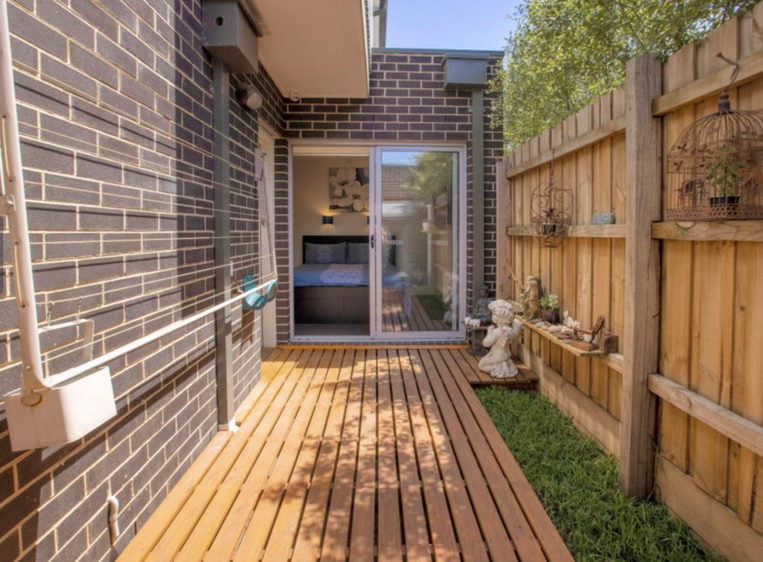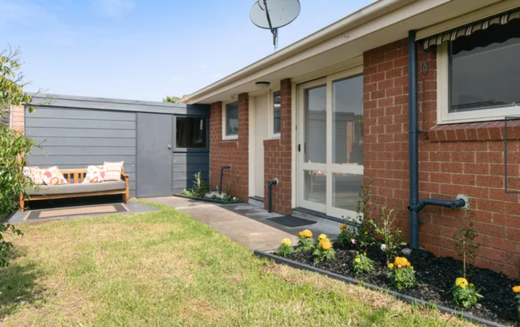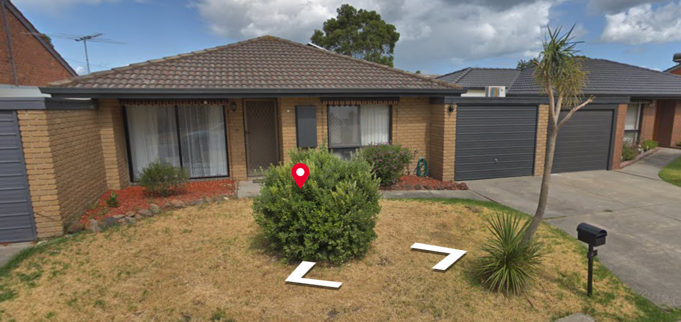When it comes to strata subdivisions, Owners Corporation activity and courtyards challenge many buyers.

Strata is ill-understood by many, and even agents can get confused by the concept. Strata developments vary, and some may exhibit shared land, while others can offer a title without any element of shared land. When land is shared, however, a registered owners corporation will exist.
The shared land may be courtyard or an area with services above (or below) ground, but more often than not, the shared area is the driveway.
Where confusion can set in relates to the activity of the owners corporation. When the number of dwellings in the strata block are limited, the block may not have an active owners corporation. In fact, three or less dwellings may choose to coordinate singular building insurance cover and will jointly share the cost of insuring the shared area.

When shared area exists, an owners corporation exists.
Often an agent will say, “There is no body corporate”, but they actually are referring to the requirement for an active owners corporation.
The next common challenge that often stumps buyers relates to courtyards.
Courtyards come in three different types:
- On title,
- On a 99 year licence (leasehold),
- Common land
Common land refers to land that is equally owned by all dwelling owners, in other words, the owners corporation. When clients refer to the owners corporation, I remind them, “You are the owners corporation. It’s the collective of all of you.”
Just because a yard is fenced doesn’t mean that it’s on title.
When assessing value and appraising a property, it’s vital to understand which of the above three categories a property’s courtyard falls into. The various types of courtyard entitlement carries differing value.
On title refers to land that is within the parcel of ownership for that specific strata title. It means that the dwelling owner also owns the outdoor courtyard.

On leasehold is an entitlement for exclusive use, however the dwelling owner leases this land on a 99 year lease and pays a peppercorn rental, (typically $1 per year).

Many clients ask me, “Why would an owners corporation agree to such an arrangement?” but it’s actually convenient and mutually beneficial for a lot of strata blocks. If a dwelling owner is permitted to fence and exclusively use the land on leasehold, the requirement for communal maintenance and gardening is relinquished and the owners corporation can operate on a lower cost basis.
The final type of courtyard is a common area courtyard. The dwelling owner won’t be legally entitled to exclusively use the land, however in a lot of circumstances, a relaxed and accepting type of agreement is understood within the block. This type of usage cannot be assumed to last indefinately, and when appraising a property we do take this type of courtyard arrangement into account. The owner must accept that exclusive use is a bonus, not a right, and they also need to remember that they do own an equal and undivided share of it.

Determining which is which isn’t difficult once a title plan, (or a contract of sale) is on hand.
For those strata property owners who do wish to proactively change their courtyard entitlement arrangements for a more valuable title, there are two options available which can add value for multiple owners in the block.
They can either explore a subdivision where the common area courtyards are assigned to the individual title, or they can discuss the merit in a legally binding leasehold arrangement. The former is more costly but is also more valuable. The leasehold arrangement carries some inherent value however, and can be transferred with subsequent sales to a new purchaser.
The power of good communication within a block cannot be underestimated.
REGISTER TO OUR NEWSLETTER
INFORMATION
CONTACT US
1A/58 ANDERSON STREET,
YARRAVILLE VIC 3013
0422 638 362
03 7000 6026
CATE@CATEBAKOS.COM.AU
